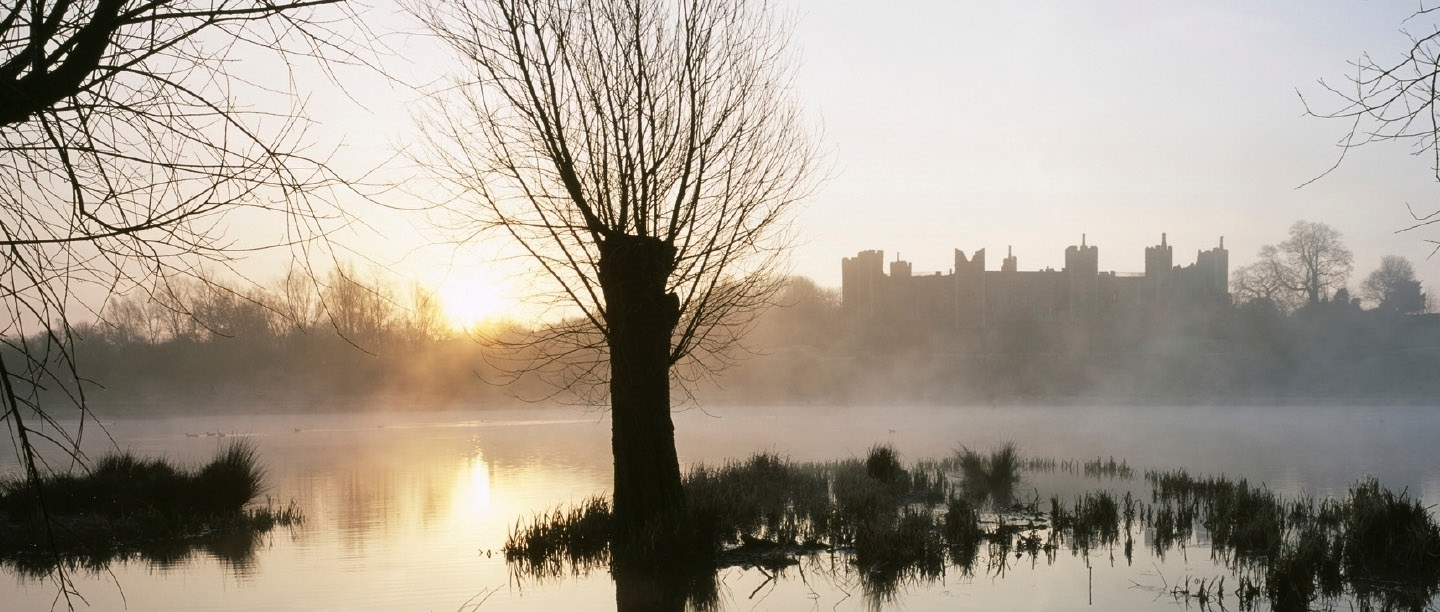HOW TO CARVE A HALLOWEEN TURNIP
Everyone knows about carving pumpkins at Halloween to ward off evil spirits. But for a historical twist, try carving a turnip or swede instead. It’s a tradition that is hundreds of years old – long before pumpkin carving became popular – and is thought to be rooted in an Irish folk tale.
In our step-by-step video, find out how to carve your own turnip to protect yourself from ghastly ghouls and to terrify trick-or-treaters this Halloween.
Once you've carved your turnip there's no need to waste the leftovers; why not download a delicious recipe for turnip and butternut mash?
Download the recipeSpooky Stories from English Heritage Sites
BOLSOVER CASTLE, DERBYSHIRE
Bolsover is reputed to be one of our most haunted sites. Members of staff and visitors often report being pushed, having doors slammed on them and discovering that objects have moved inexplicably.
Night security guards have been alarmed by unexplained lights and movement in the empty property, and two workmen were terrified when they saw a woman disappear through a wall. A member of staff who once locked up the property reported hearing a scream, which got louder and louder as she walked away from the castle, only for her to rush back and find no one there.
KENILWORTH CAstle, WARWICKSHIRE
It’s little wonder that peculiar goings-on have been reported at this atmospheric castle, which was first built in the 1120s. Staff have reported instances of things going missing or being moved in the gatehouse once the castle has been closed to visitors, and the antique cot in the adjoining room rocking by itself.
A night watchman reported that, while patrolling the grounds one evening, he witnessed a ghostly figure walk through his colleague, who went cold as it happened.
Visit Kenilworth Castle
CARISBROOKE CASTLE, ISLE OF WIGHT
Carisbrooke Castle’s history dates back 1,000 years, from its time as an Anglo-Saxon fortress to its use as a prison during the Civil War and, later, as a base for the Isle of Wight Artillery Militia in the 19th century.
None of which explains why, when opening up the drum towers in the morning, staff have reported hearing the faint but detectable sound of children’s laughter. Each time they enter a new room the laughter moves to the previous room entered. The children have never shown themselves.
Visit Carisbrooke Castle
PENDENNIS CASTLE, CORNWALL
Pendennis Castle was built by Henry VIII to protect the Carrick Roads from invasion by France and Spain. In 1646 the castle was the site of a siege and Royalists were trapped inside for six months, forced to eat their horses and dogs for survival before eventually surrendering.
The piercing screams of a kitchen maid who fell to her death while carrying food have been heard by visitors, as well as strange footsteps on a staircase that no longer leads anywhere.
Visit Pendennis Castle
WHITBY ABBEY, NORTH YORKSHIRE
Perched high on a cliff, it’s easy to see why the haunting remains of Whitby Abbey were inspiration for Bram Stoker’s gothic tale of Dracula and why there are so many strange tales of hauntings.
Staff have felt unexplained cold draughts in the middle of staircases, witnessed stock flying off the shelves and experienced strange taps on the shoulder seemingly from no one.
Visit Whitby Abbey
FRAMLINGHAM CASTLE, SUFFOLK
At the former home and fortress of ‘bloody’ Mary Tudor, staff have seen the figure of a man in 17th-century dress and a mysterious dark figure with a white face following them across the site. Outside what was once the workhouse ‘naughty cupboard’, a bell has been heard ringing, with a sound similar to that of the hand bell that would have been used when the building was a functioning workhouse.
Visit Framlingham CastleCLIFFORD’S TOWER, NORTH YORKSHIRE
Clifford’s Tower is almost all that remains of medieval York Castle, begun by William the Conqueror. In its time it has served as a prison and a royal mint.
Staff have reported strange banging coming from ceilings, mysterious footsteps and the sound of children running in the courtyard when the site has been closed. Doors have swung open by themselves and once a dog barked so furiously at an empty corner in the chapel that the poor creature had to be taken outside to calm down.
Visit Clifford's Tower
-
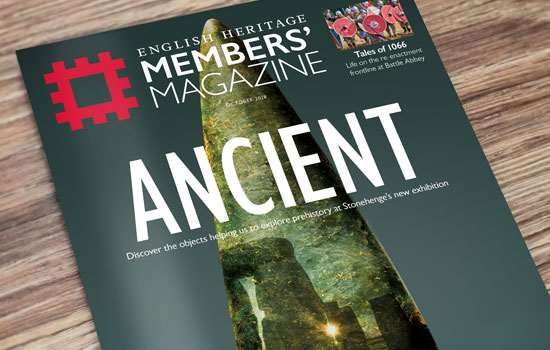
October 2018
-

July 2018
-

May 2018
-
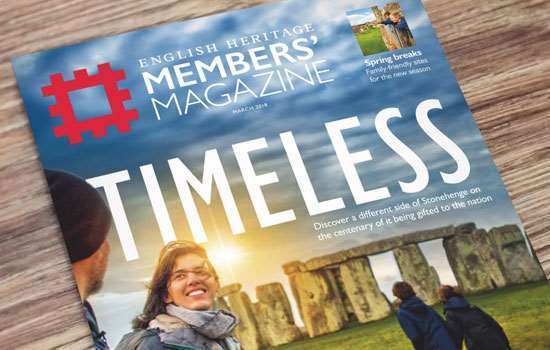
March 2018
-

October 2017
-

July 2017
-
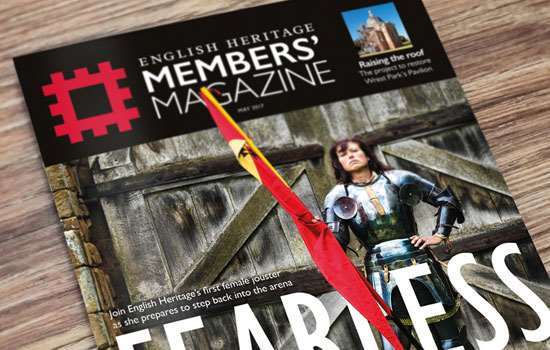
May 2017
-

March 2017
Discover More
-
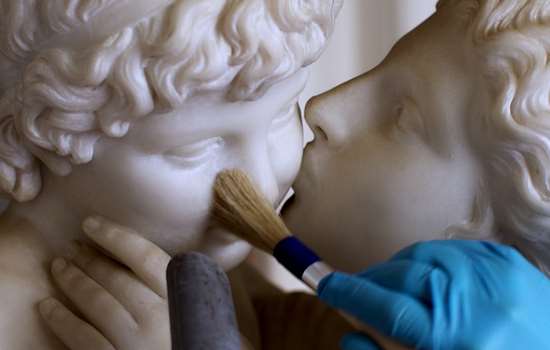
Behind the Scenes at Osborne
Watch our video to find out what happens in preperation for the season at Queen Victoria's seaside retreat.
-

8 Interesting objects
Find out about 8 of the most fascinating objects in the English Heritage collection.
-
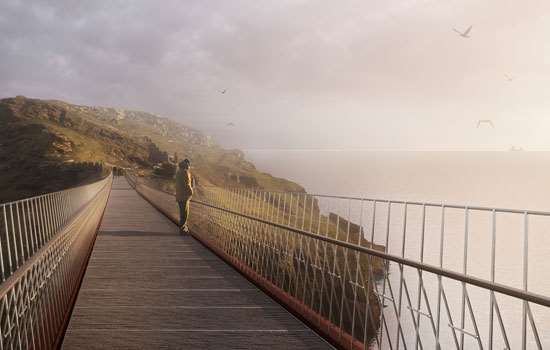
The new bridge at Tintagel
Go behind the scenes and learn about the making of Tintagel's spectacular new bridge.

